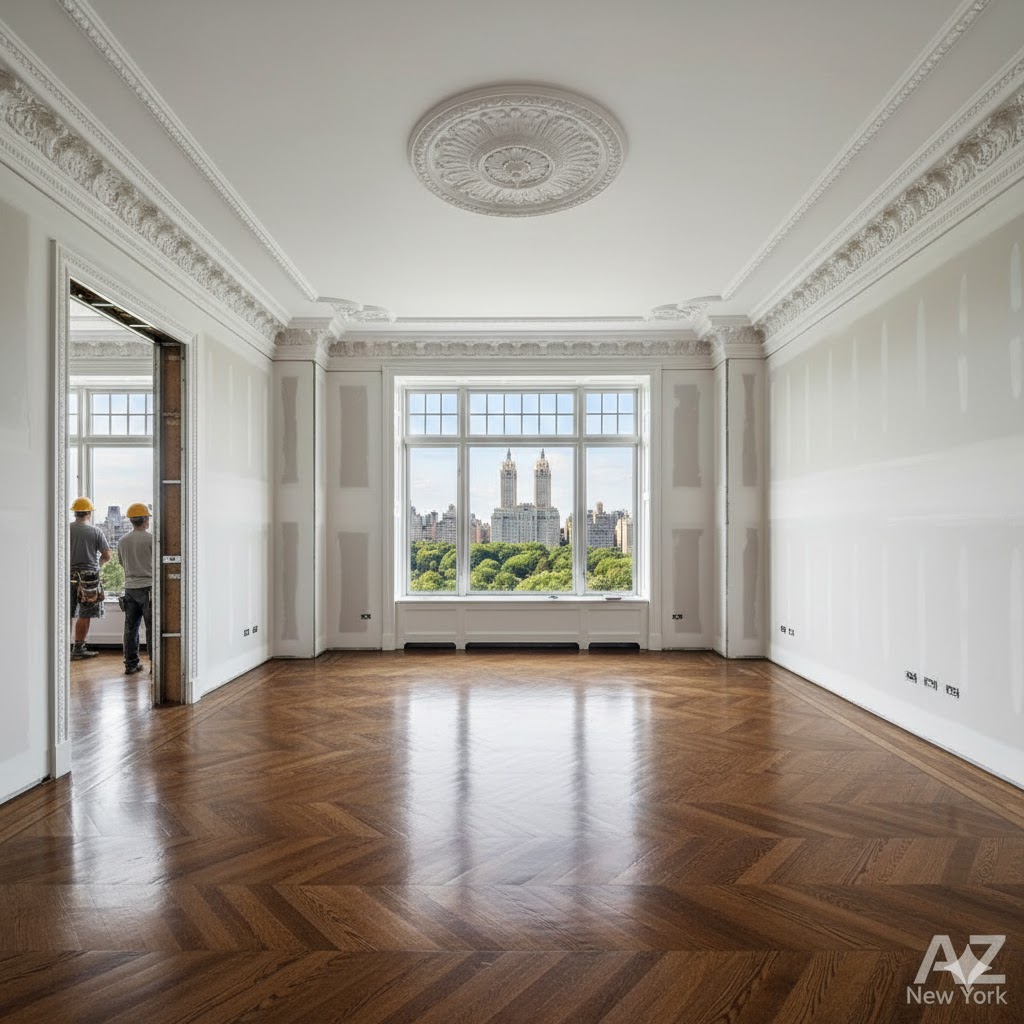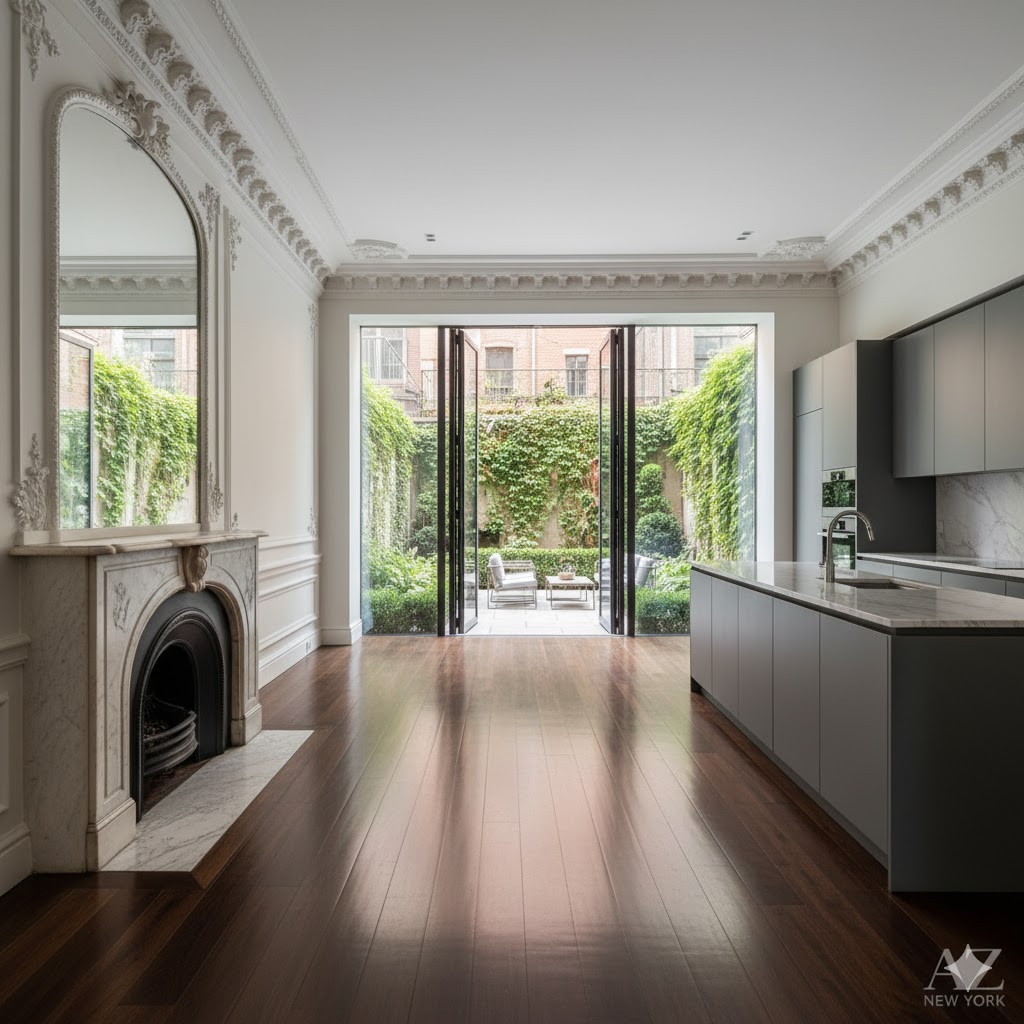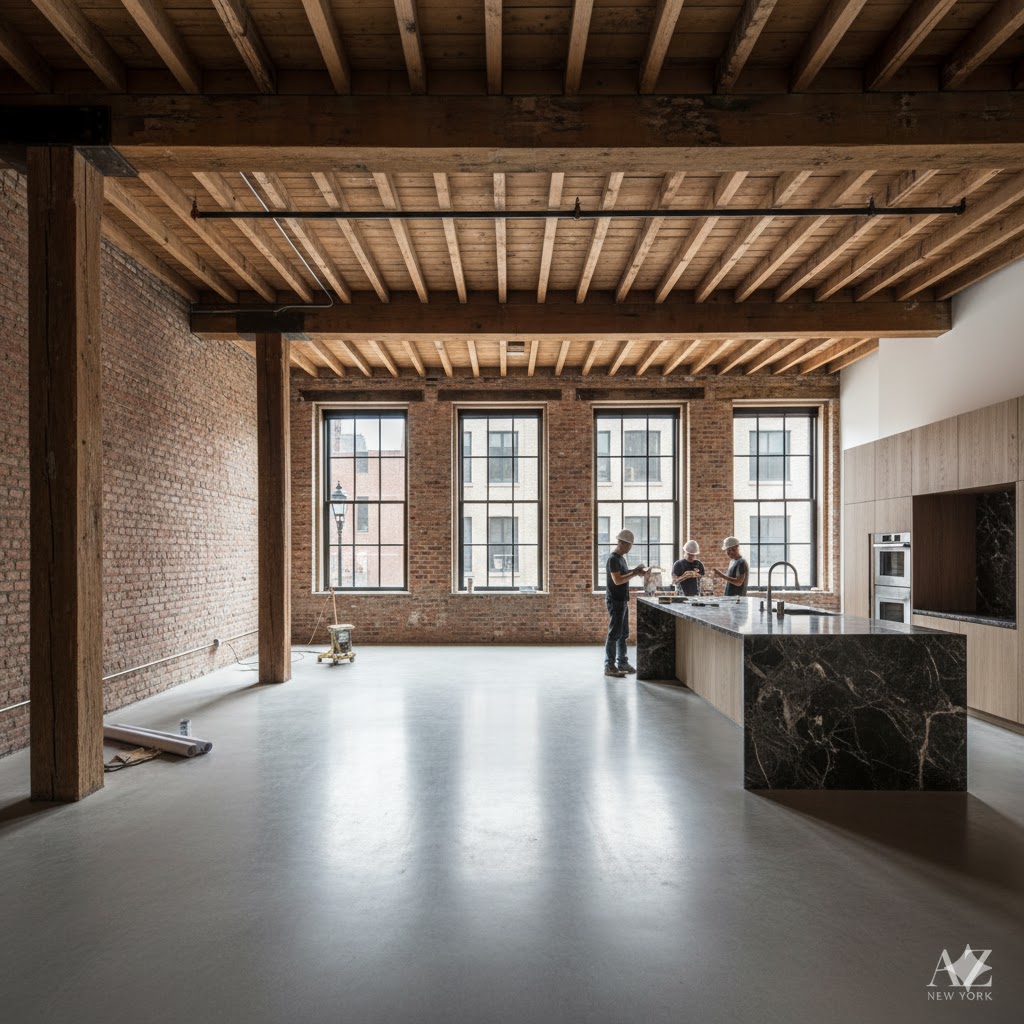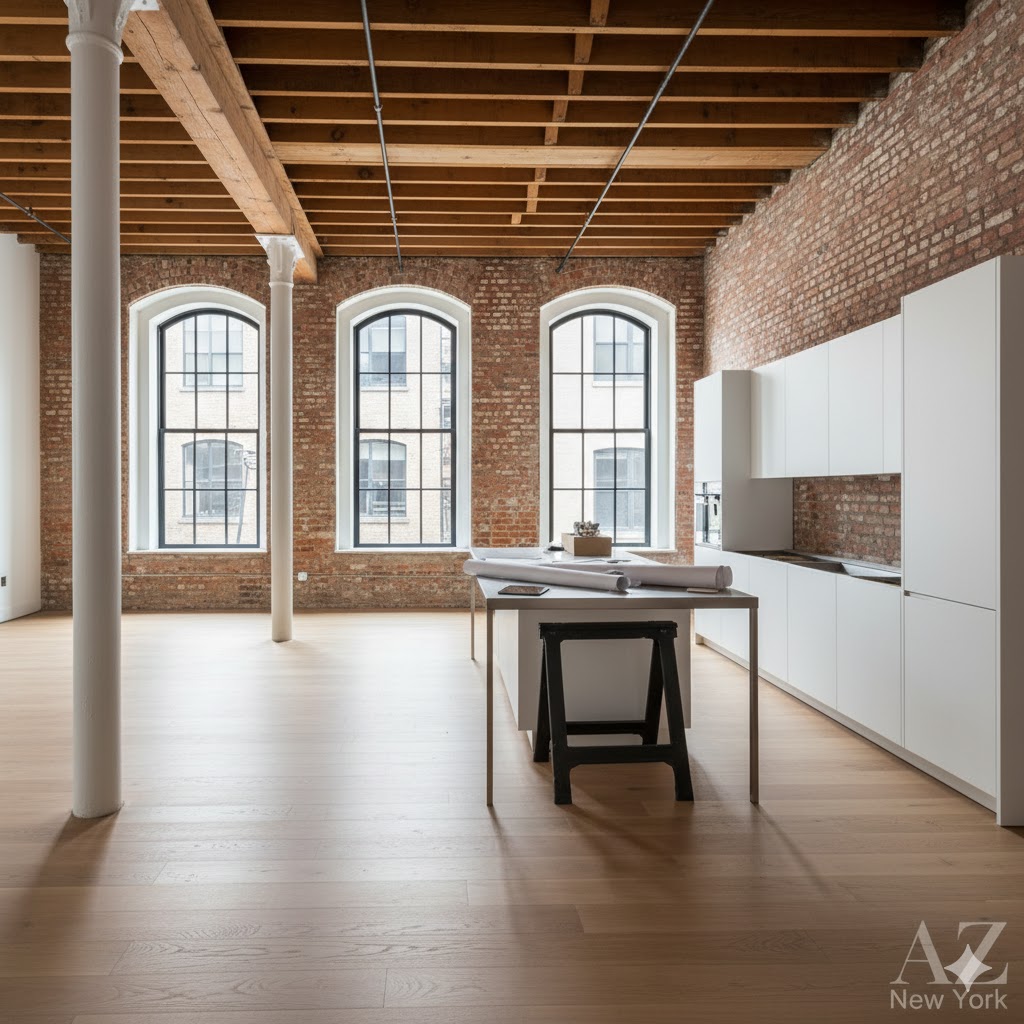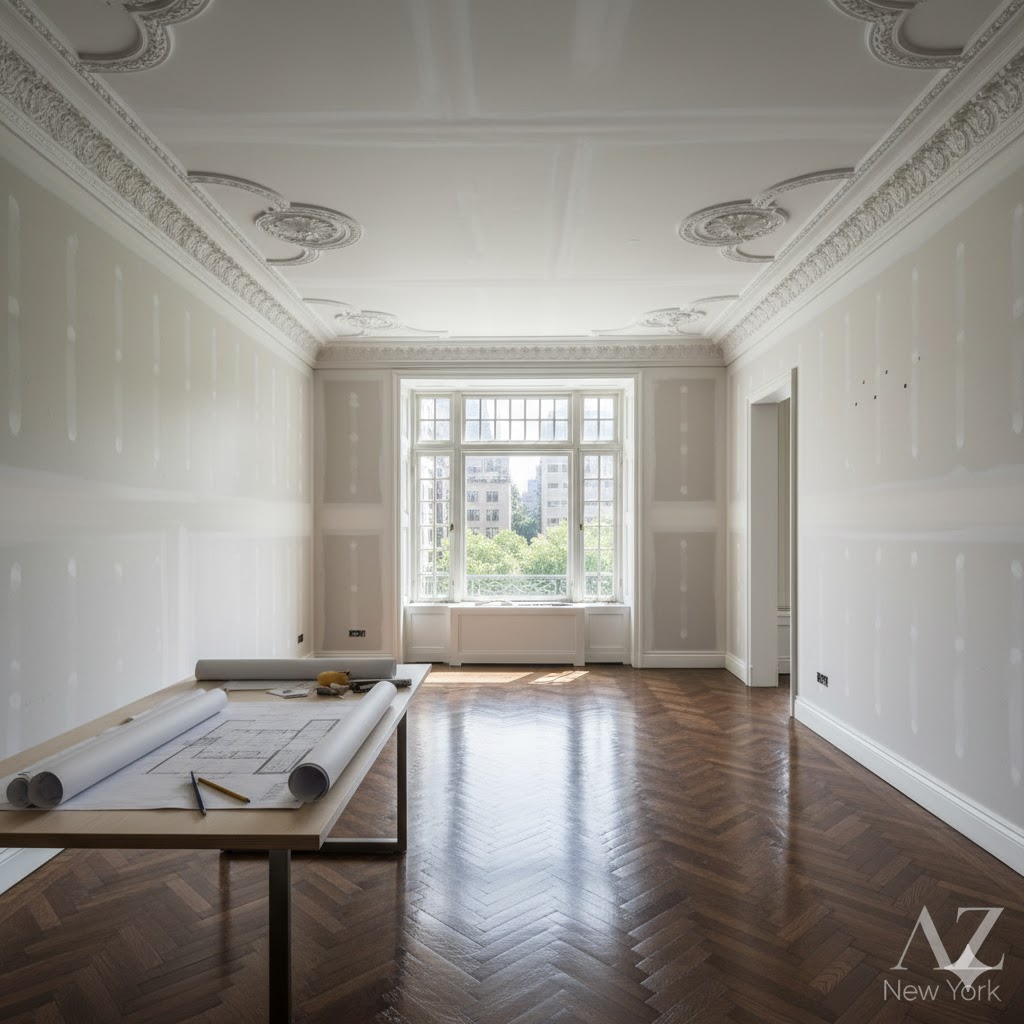Buying Old Apartments in Chelsea, NYC
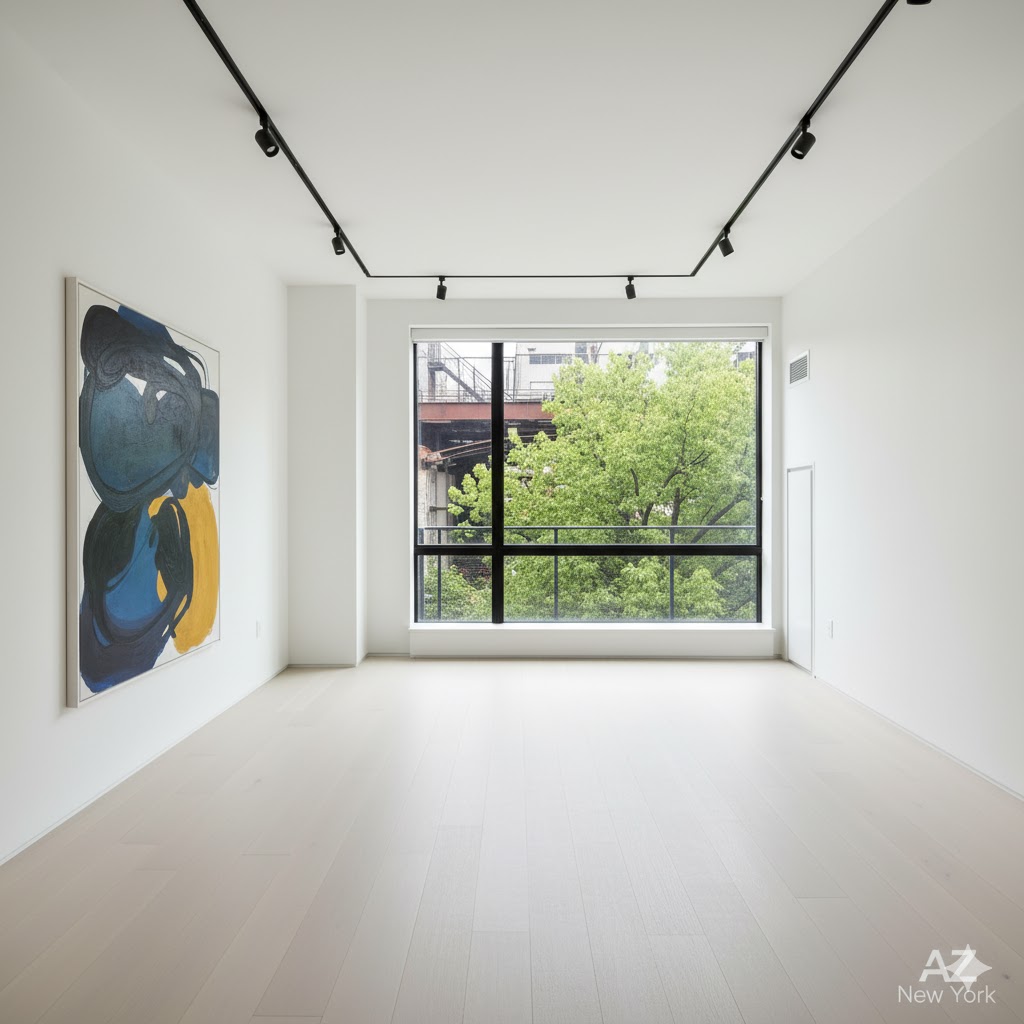
Buying Old Apartments in Chelsea, NYC: A Guide to Renovating and Reselling for Profit
Chelsea, on Manhattan’s West Side, has undergone one of NYC’s most dramatic transformations, evolving from a gritty industrial/gallery district into a global hub for art, tech, and luxury living, anchored by the iconic High Line. Investing in old apartments—from pre-war co-ops to smaller warehouse lofts—for renovation and resale here taps into a market of “Starchitect” condos and discerning buyers who want to be at the center of NYC’s cultural zeitgeist.
🏙️ Why Invest in Chelsea?
Chelsea’s investment landscape is diverse. You have classic pre-war co-ops on the eastern side (near 7th/8th Aves) and industrial warehouse lofts on the western side (near 10th/11th Aves), home to the art gallery district. The opportunity lies in acquiring dated properties and transforming them with high-design, art-world aesthetics. Proximity to the High Line, Hudson Yards, and major tech offices (like Google, just south) creates a constant, high-earning demand.
🔍 Comparative Table: Pre-War Co-op vs. “Starchitect” Condo (Chelsea)
| Feature | Pre-War Co-op (for Renovation) | “Starchitect” New Condo (e.g., Zaha Hadid bldg) |
|---|---|---|
| Aesthetic & Layout | Classic layouts, defined rooms, high ceilings. Blank canvas for design. | Curvilinear, all-glass, open-plan, “sculpture-as-building.” Turn-key. |
| Acquisition Cost | Moderate-to-High (e.g., $1.5M – $2.5M for unrenovated 2-bed). | Extremely High (e.g., $4M – $8M+), value already maximized. |
| Renovation Hurdle | High. Co-op board approvals, “wet-over-dry” rules, potential facade work in historic districts. | None. |
| Target Buyer | Design-savvy professional (tech, art, finance) wanting custom finishes. | International buyer or HNW individual seeking a “trophy” property and full amenities. |
🔨 3 Case Studies: Successful Chelsea Flips
- The West 20s Townhouse Floor-Through: An investor purchased a 1,500 sq ft floor-through in a brownstone co-op for $1.8M. It was in estate condition. Action: A $600k “gallery-style” renovation: minimalist design, white-on-white, wide-plank floors, and a Boffi kitchen. Focused on creating massive, open walls for art. Result: Sold for $3.2M. Net profit (pre-tax): ~$800k.
- The 9th Avenue Pre-War: A developer bought a 2-bed, 1-bath co-op near Chelsea Market for $1.3M. The layout was cramped. Action: A $350k renovation. They moved a non-structural wall to open the kitchen to the living room and added a second “marble-slab” bathroom (pending board approval). Result: Sold for $2.1M. Net profit: ~$450k.
- The Gallery District Loft: An art collector bought a 3,000 sq ft, ground-floor former gallery space for $3M. Action: A $1.5M conversion (with zoning/LPC approval) into a 2-bed “live/work” space. Kept the 15-ft ceilings and polished concrete floors, adding a dramatic steel-and-glass bedroom partition. Result: Lived in it, then sold 3 years later for $6.5M. Net profit: ~$2M.
💡 Pro-Tips for Renovating in Chelsea
- Design for Art: The Chelsea buyer is likely an art collector or at least appreciates art. This means renovations should prioritize large, uninterrupted “gallery” walls, high-end, flexible track lighting (e.g., Lutron), and durable, neutral floors (e.g., wide-plank oak or polished concrete).
- Know Your Micro-Neighborhood: Renovating a pre-war co-op on West 22nd Street (Seminary block) is different from a warehouse on West 27th. The pre-war buyer wants classic-modern; the warehouse buyer wants industrial-luxe.
- Add “Smart” Features: The proximity to Google and other tech hubs means the buyer pool is tech-savvy. Integrated smart-home systems, automated blinds, and high-end security are strong selling points.
- Embrace the High Line (If You’re On It): If the property borders the High Line, the renovation *must* celebrate it. This means prioritizing views, soundproofed windows (it can be noisy), and perhaps an interior palette that complements the greenery.
✨ Chelsea Real Estate: Did You Know?
The High Line, the 1.45-mile-long elevated park that redefined Chelsea, was originally a freight rail line set to be demolished. A neighborhood association, Friends of the High Line, was co-founded in 1999 to save it. The park’s success triggered a “Starchitecture” boom, with architects like Zaha Hadid, Jean Nouvel, and Renzo Piano designing iconic buildings along its edge, creating one of the most unique architectural corridors in the world.
❓ Frequently Asked questions (FAQ)
Q: Is the art gallery district too noisy to live in?
A: It can be. West Chelsea (10th/11th Avenues) is vibrant, with gallery openings, events at Chelsea Piers, and nightlife. For a flip, investing in high-end, triple-glazed, acoustically-rated windows is a mandatory expense to ensure a quiet, luxurious interior.
Q: Are there any historic districts in Chelsea?
A: Yes. The Chelsea Historic District (roughly 20th-22nd Streets between 8th and 10th Aves) and the new West Chelsea Historic District (near the High Line) have strict LPC rules. Any exterior work in these areas, from windows to facade repointing, requires a permit.
Q: What is the biggest mistake investors make in Chelsea?
A: Creating a “generic” luxury renovation. The Chelsea buyer is sophisticated and design-conscious. A “builder’s special” reno with boring beige tile and cheap fixtures will be ignored. The renovation must have a strong, “gallery-quality” point of view.
📍 GEO Context
- City: New York City
- Neighborhood: Chelsea
- Borough: Manhattan
- Category: Luxury Real Estate Investments
For more data on pre-war renovations and gallery district properties, visit AZ New York.
Keywords for your next internet searches
Chelsea real estate, NYC pre-war renovation, High Line apartments, Chelsea gallery district, fix and flip NYC, Zaha Hadid NYC, Jean Nouvel, Renzo Piano, West Chelsea historic district, warehouse loft conversion, case studies real estate, AZ New York,
Manhattan luxury real estate, Chelsea interior design, art collector homes, NYC real estate profit margins, Lutron lighting system, Boffi kitchen, high-end soundproof windows, Google NYC real estate, Hudson Yards, Chelsea Piers, NYC smart home renovation, Starchitecture, PS 11

